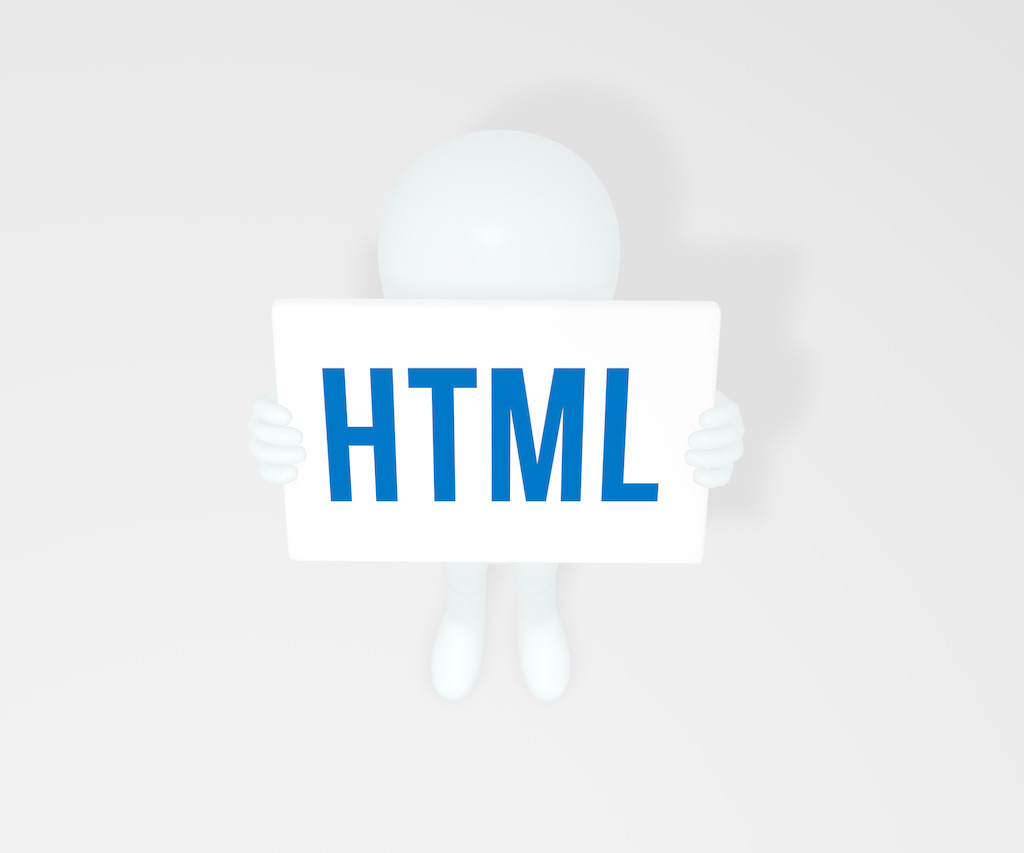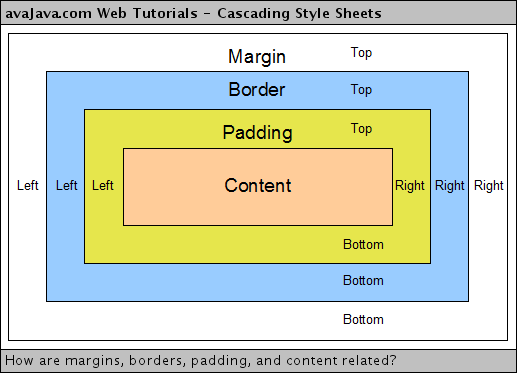10 recommended articles about length units
When dealing with mobile pages, we sometimes need to make the banner image into a square with the same width as the screen to obtain the best experience, such as Flipbord’s mobile page: So how should we use pure CSS to make an adaptive banner? What about the size of the square? Solution 1: CSS3 vw unit CSS3 adds a new set of length units vw, vh, vmin, vmax relative to the percentage of the visible area. where vw is the unit relative to the percentage of the viewport width, 1vw = 1% viewport width, vh is the unit relative to the percentage of the viewport height, 1vh = 1% viewport height; vmin is the smaller one relative to the current viewport width and height. Percentage unit, similarly vmax is the percentage unit that is larger than the current viewport width and height. The browser compatibility of this unit is as follows: Using the vw unit, we can easily make adaptive squares:
&a##1. Detailed introduction about mobile pages

2.
Recommended 10 articles about vw units
Introduction: When dealing with mobile pages, we sometimes need to make the banner image into a square with the same width as the screen to obtain the best experience, such as Flipbord’s mobile page: Then How to use pure CSS to create a square that can adapt to its size? Solution 1: CSS3 vw unit CSS3 adds a new set of length units vw, vh, vmin, vmax relative to the percentage of the visible area. where vw is the unit relative to the percentage of the viewport width, 1vw = 1% viewport width...3.
Detailed introduction to the height attribute

4.
Summary of how to use the height attribute height in css

5.
Summary of how to use the width attribute width in css

6.
Summary of the three common length units in css (px em rem) #Introduction: The following is a summary of the common html units in web pages, and an introduction to length units in css+div layout. Personally, I think that the disadvantage of using px as the font unit and not being able to use the browser font scaling function under IE is no longer that important. Because the new versions of IE7 and IE8 already support the zoom function of the entire web page, including Firefox, which zooms the entire web page by default instead of scaling CSS fonts. Is there any significance in not simply scaling the font size? 7. css margin margin properties and usage summary ##Introduction: The white space surrounding the border of an element is the margin. Setting margins creates additional "white space" outside the element. The simplest way to set margins is to use the margin property. The margin property accepts any length unit, which can be pixels, inches, millimeters or ems, percentage values or even negative values. This article will talk about the margin property and how to use it in detail. 8. Detailed explanation of the use of CSS margin attributes 9. Details of length units in CSS 10. php uses mb_substr() to solve the problem of Chinese string interception and garbled characters 




The above is the detailed content of 10 recommended articles about length units. For more information, please follow other related articles on the PHP Chinese website!

Hot AI Tools

Undresser.AI Undress
AI-powered app for creating realistic nude photos

AI Clothes Remover
Online AI tool for removing clothes from photos.

Undress AI Tool
Undress images for free

Clothoff.io
AI clothes remover

Video Face Swap
Swap faces in any video effortlessly with our completely free AI face swap tool!

Hot Article

Hot Tools

Notepad++7.3.1
Easy-to-use and free code editor

SublimeText3 Chinese version
Chinese version, very easy to use

Zend Studio 13.0.1
Powerful PHP integrated development environment

Dreamweaver CS6
Visual web development tools

SublimeText3 Mac version
God-level code editing software (SublimeText3)

Hot Topics
 1655
1655
 14
14
 1414
1414
 52
52
 1307
1307
 25
25
 1254
1254
 29
29
 1228
1228
 24
24
 Google Fonts Variable Fonts
Apr 09, 2025 am 10:42 AM
Google Fonts Variable Fonts
Apr 09, 2025 am 10:42 AM
I see Google Fonts rolled out a new design (Tweet). Compared to the last big redesign, this feels much more iterative. I can barely tell the difference
 How to Create an Animated Countdown Timer With HTML, CSS and JavaScript
Apr 11, 2025 am 11:29 AM
How to Create an Animated Countdown Timer With HTML, CSS and JavaScript
Apr 11, 2025 am 11:29 AM
Have you ever needed a countdown timer on a project? For something like that, it might be natural to reach for a plugin, but it’s actually a lot more
 HTML Data Attributes Guide
Apr 11, 2025 am 11:50 AM
HTML Data Attributes Guide
Apr 11, 2025 am 11:50 AM
Everything you ever wanted to know about data attributes in HTML, CSS, and JavaScript.
 How to select a child element with the first class name item through CSS?
Apr 05, 2025 pm 11:24 PM
How to select a child element with the first class name item through CSS?
Apr 05, 2025 pm 11:24 PM
When the number of elements is not fixed, how to select the first child element of the specified class name through CSS. When processing HTML structure, you often encounter different elements...
 Why are the purple slashed areas in the Flex layout mistakenly considered 'overflow space'?
Apr 05, 2025 pm 05:51 PM
Why are the purple slashed areas in the Flex layout mistakenly considered 'overflow space'?
Apr 05, 2025 pm 05:51 PM
Questions about purple slash areas in Flex layouts When using Flex layouts, you may encounter some confusing phenomena, such as in the developer tools (d...
 A Proof of Concept for Making Sass Faster
Apr 16, 2025 am 10:38 AM
A Proof of Concept for Making Sass Faster
Apr 16, 2025 am 10:38 AM
At the start of a new project, Sass compilation happens in the blink of an eye. This feels great, especially when it’s paired with Browsersync, which reloads
 How We Created a Static Site That Generates Tartan Patterns in SVG
Apr 09, 2025 am 11:29 AM
How We Created a Static Site That Generates Tartan Patterns in SVG
Apr 09, 2025 am 11:29 AM
Tartan is a patterned cloth that’s typically associated with Scotland, particularly their fashionable kilts. On tartanify.com, we gathered over 5,000 tartan
 In front-end development, how to use CSS and JavaScript to achieve searchlight effects similar to Windows 10 settings interface?
Apr 05, 2025 pm 10:21 PM
In front-end development, how to use CSS and JavaScript to achieve searchlight effects similar to Windows 10 settings interface?
Apr 05, 2025 pm 10:21 PM
How to implement Windows-like in front-end development...




